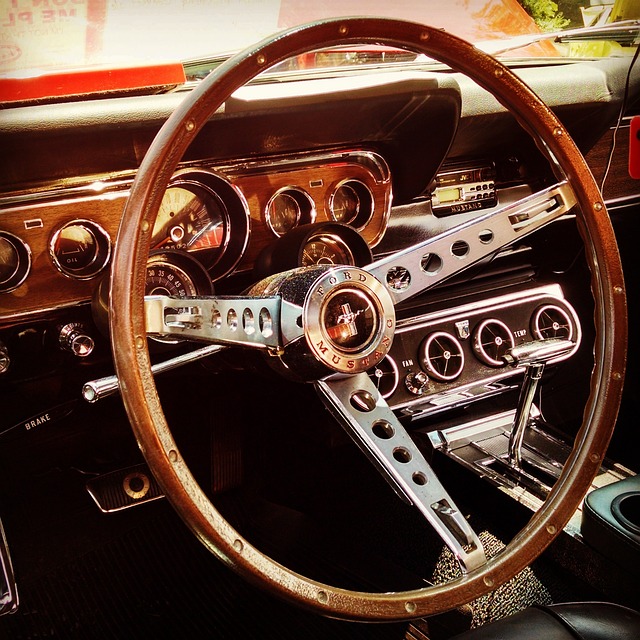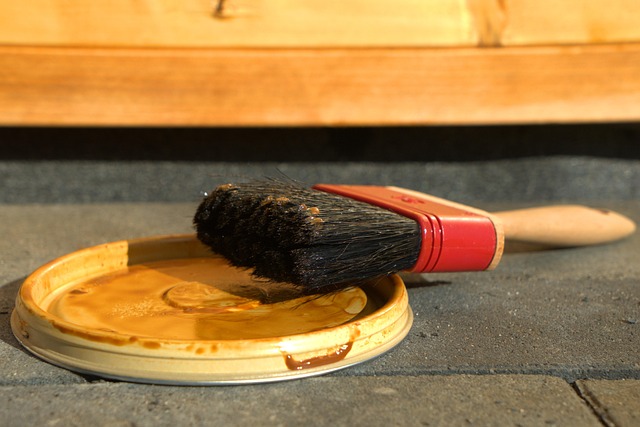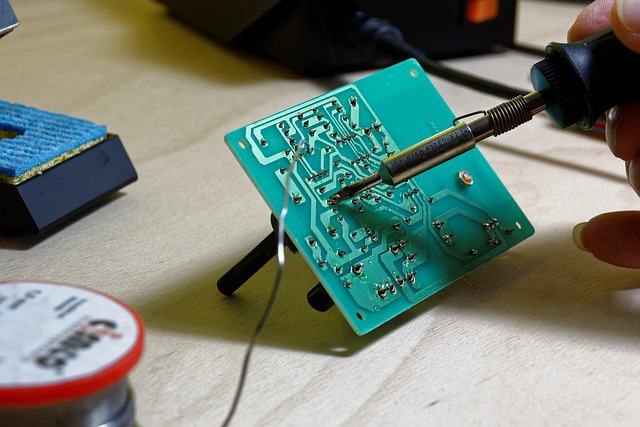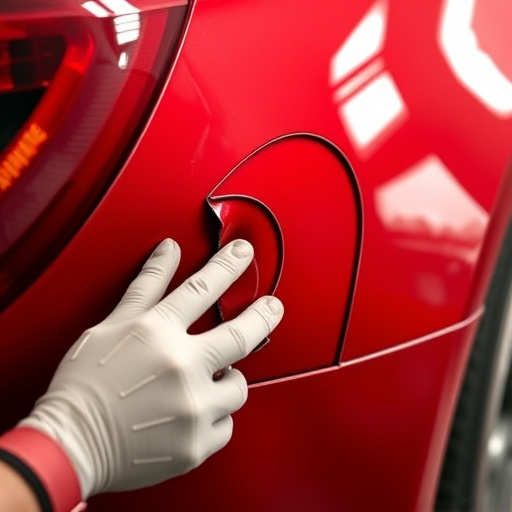Vehicle repairs, especially post-collision, can lead to a decrease in a car's worth due to various factors like damage, part availability, and restoration quality, known as diminished value after repair. Vehicle history reports are key tools for assessing this, revealing past accidents and major repairs that may impact resale value. To mitigate this effect, owners should choose reputable repair shops with experienced technicians using OEM parts, maintain regular service records, and promptly address issues to ensure transparency and prevent further depreciation, preserving their car's market worth.
In the intricate world of automotive transactions, understanding diminished value after repair is paramount. Repairs, while essential for safety and reliability, can significantly impact a vehicle’s residual worth. This article delves into the dynamics of diminished value post-repair, offering insights into how comprehensive vehicle history reports play a pivotal role in assessing and mitigating these losses. By exploring practical strategies, buyers and sellers can navigate the market with informed decisions, ensuring fair transactions in light of a vehicle’s repair history.
- Understanding Diminished Value After Repair
- The Role of Vehicle History Reports in Determining Diminished Value
- Strategies to Mitigate Diminished Value Following Repairs
Understanding Diminished Value After Repair
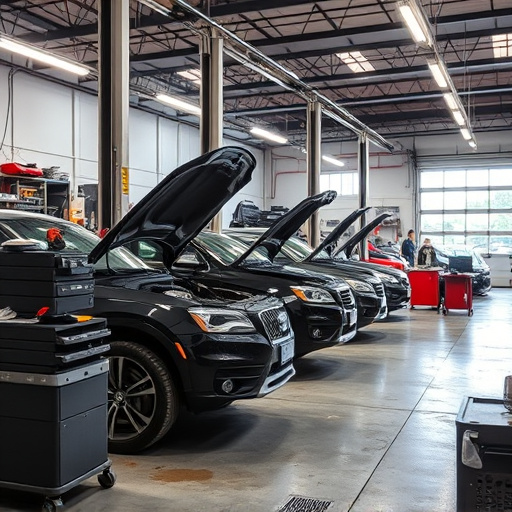
When a vehicle undergoes repairs, especially after a collision or incident, it’s important to recognize that its value might take a hit, commonly known as diminished value after repair. This concept refers to the reduced worth of a car post-repair, which can significantly impact its resale value and overall market appeal. Several factors contribute to this decline, such as the nature of the damage, the availability of original parts, and the quality of the restoration process.
Many collision repair shops offer skilled auto repair services, ensuring that vehicles are restored to their pre-incident condition. However, despite meticulous efforts, some repairs might not perfectly replicate the original aesthetics and performance, leading to a perceptible loss in value. Vehicle paint repair, for instance, while crucial for visual restoration, can still leave faint traces of discoloration or inconsistencies that affect the car’s overall allure. Understanding diminished value after repair is essential for both vehicle owners and buyers, as it influences decision-making processes and expectations regarding post-repair market competitiveness.
The Role of Vehicle History Reports in Determining Diminished Value

Vehicle history reports play a pivotal role in assessing diminished value after repairs. These comprehensive records provide an unbiased account of a car’s past, including any accidents, major repairs, and maintenance routines. By scrutinizing this data, potential buyers or insurance assessors can gauge the extent to which a vehicle’s value may have been impacted by prior issues. This becomes especially crucial when considering repairs like frame straightening or car body restoration, which are significant processes that can restore a vehicle’s structural integrity but also carry implications for its overall market worth.
Understanding the history of a vehicle dent repair or other similar fixes is essential in determining if the diminished value after repair is reasonable. Reports offer insights into whether the repairs were performed correctly and to what standard, helping to separate genuine concerns about residual damage from overstated diminishments. Accurate vehicle history reports thus serve as a critical tool for navigating the complexities of diminished value assessments, ensuring that all parties involved have transparent information for making informed decisions.
Strategies to Mitigate Diminished Value Following Repairs

After a vehicle repair, one common concern among car owners is the potential loss of value. Diminished value after repair can be mitigated through proactive strategies that ensure quality workmanship and maintain the car’s history. Firstly, choosing reputable auto body work shops with experienced technicians guarantees precise repairs, preserving the vehicle’s pre-incident condition. This involves using original equipment manufacturer (OEM) parts, which align perfectly with the car’s existing bodywork services, ensuring no visible differences post-repair.
Regular maintenance checks and keeping a detailed service history report can also help. Documenting every repair, including the circumstances leading to the initial damage, allows for transparent communication when reselling. Additionally, being proactive in addressing any issues promptly prevents further deterioration, thereby preserving the car’s value. These strategies collectively contribute to ensuring that the vehicle retains its worth, even after undergoing necessary repairs.
After repairs, a vehicle’s diminished value can be mitigated through a combination of proactive measures and informed decisions. Understanding how previous accidents and repairs impact a car’s resale value is key. Vehicle history reports play a crucial role in this process, providing insights that help owners make strategic choices. By following the outlined strategies, car owners can minimize the negative effects of diminished value after repair, ensuring they receive fair compensation when selling or insuring their vehicles.

